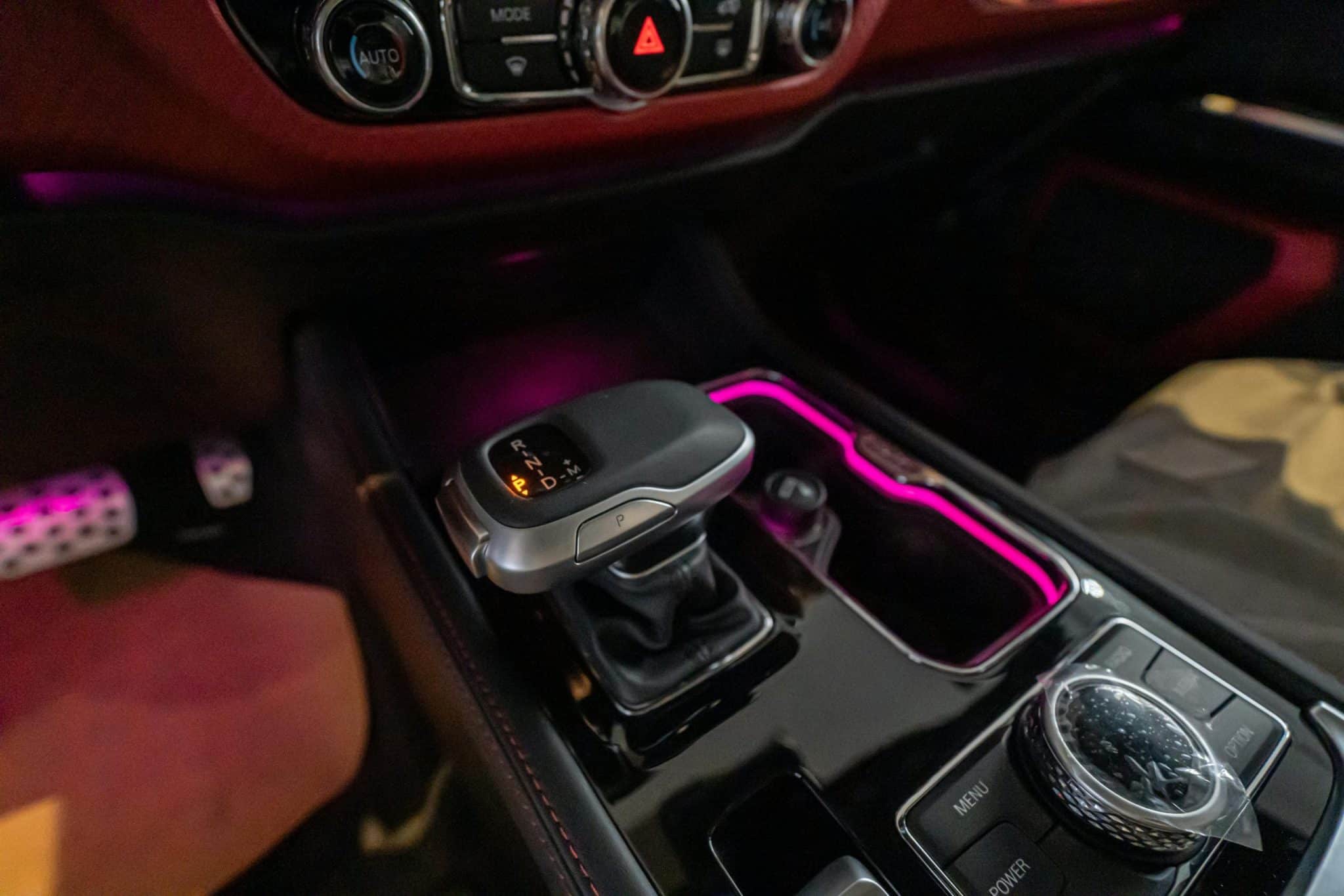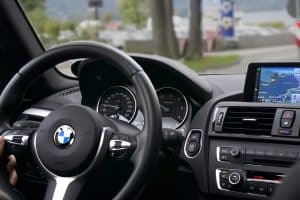Level 3 Autonomy: Cars That Can Take Control in 2025
In the world of autonomous vehicles, there are different levels of automation, ranging from Level 0 (no automation) to Level 5 (fully autonomous). At the midpoint of this spectrum lies Level 3 autonomy, where the car is capable of taking control of driving in certain situations. While most companies are currently focusing on Level 5, it is predicted that by 2025, Level 3 autonomy will become a reality in our everyday lives. With the potential of bringing significant changes to the automotive industry and our daily commutes, let’s take a closer look at Level 3 autonomy and the cars that will be able to take control in 2025.
What is Level 3 Autonomy?
Level 3 autonomy, also known as conditional automation, involves a vehicle that is capable of making informed decisions and taking control of driving in certain situations. Unlike Level 2 autonomy, where the driver is still required to monitor the surroundings and be ready to take control at any time, Level 3 allows the driver to disengage from actively driving the car and focus on other tasks, such as watching a movie or reading a book.
Some of the key features that set Level 3 cars apart from their predecessors include advanced sensors, cameras, and artificial intelligence (AI) algorithms. These technologies enable the car to analyze and interpret data from the environment in real-time, making decisions and executing them accordingly. With the ability to handle most driving tasks on its own, Level 3 cars have the potential to significantly reduce driver fatigue and stress, leading to a safer and more comfortable driving experience.
Cars That Will Have Level 3 Autonomy in 2025
Several automakers have been working on developing Level 3 autonomous cars, and some have already announced their plans to launch them in 2025. Let’s take a look at some of the highly anticipated vehicles that will have Level 3 autonomy by then.
Audi A8
In 2017, Audi became the first manufacturer to receive a Level 3 autonomous driving permit in Germany for its flagship Audi A8. The car comes equipped with a sophisticated autonomous driving system called “Audi AI Traffic Jam Pilot,” which allows the car to take control in heavy traffic situations on highways with a physical barrier separating the two directions of traffic. However, the driver is still required to remain alert and be ready to take over if needed. The Audi A8 is expected to be available to the public in 2021 and will likely have Level 3 autonomy by 2025.
Tesla Model 3
Tesla has been a pioneer in the autonomous vehicle industry, and the company has been gradually rolling out advanced features in its vehicles to move towards higher levels of automation. The Tesla Model 3, one of the best-selling electric cars, is currently equipped with Level 2 autonomy and is capable of autonomous driving on highways and in stop-and-go traffic. However, the CEO, Elon Musk, has stated that the Model 3 will have Level 3 autonomy through an over-the-air update once the software and regulatory approval are in place. This update could be expected by 2025, making the Model 3 one of the most affordable Level 3 cars on the market.
Mercedes-Benz S-Class
Mercedes-Benz has been making significant strides towards autonomous driving, with several of its models already equipped with advanced driver assistance systems (ADAS). The brand’s flagship S-Class is expected to receive Level 3 autonomy in 2021, with the launch of its Drive Pilot feature. This system will allow the car to take control of driving in certain highway conditions, allowing the driver to relax and focus on other tasks. It is expected that by 2025, the S-Class will have fully autonomous capabilities in certain areas, such as urban environments.
The Impact of Level 3 Autonomy
Level 3 autonomy is a significant step towards a future of fully autonomous vehicles. With the potential to reduce driver fatigue and stress, it could improve road safety and lead to more efficient and enjoyable journeys. It could also have a significant impact on the automotive industry, with a potential shift from car ownership to mobility services. As cars become more capable of driving themselves, traditional automakers may have to adapt to the changing landscape and find new ways to deliver value to their customers.
However, with any major technological advancement, there are also concerns about safety and ethical implications that need to be addressed. The performance of Level 3 cars will heavily rely on their sensors and AI systems, making it crucial to ensure that they are reliable and accurate in their decision-making. Additionally, there have been debates on the ethical dilemmas that could arise if a Level 3 car were to encounter a situation where it has to choose between two unavoidable accidents. As we move closer to Level 3 autonomy, it is essential that these concerns are addressed to ensure a smooth and successful transition.
Conclusion
With Level 3 autonomy, the automotive industry is poised for a significant transformation. By 2025, we can expect to see several cars on the market with the capability to take control of driving in certain situations. While the technology is still evolving, it is crucial that companies continue to focus on safety and ethical implications to ensure the successful implementation of Level 3 autonomy. As we embrace this new era of driving, we can look forward to a future where our cars can take control and make our daily commutes safer and more enjoyable.







